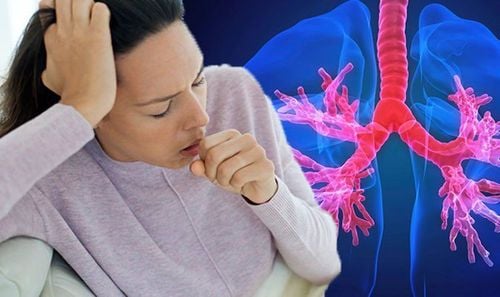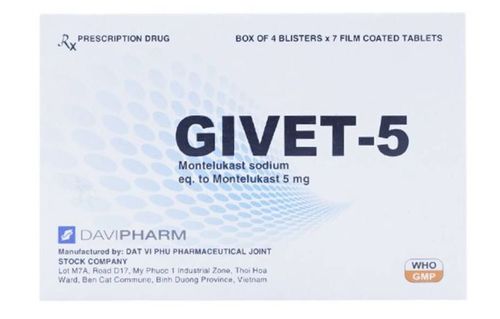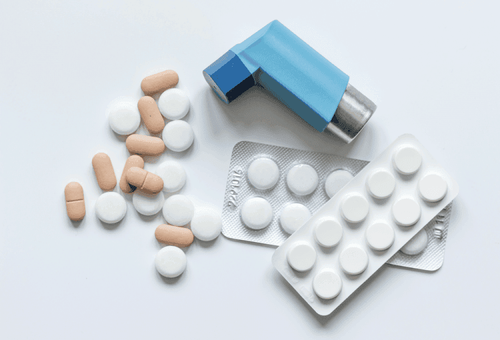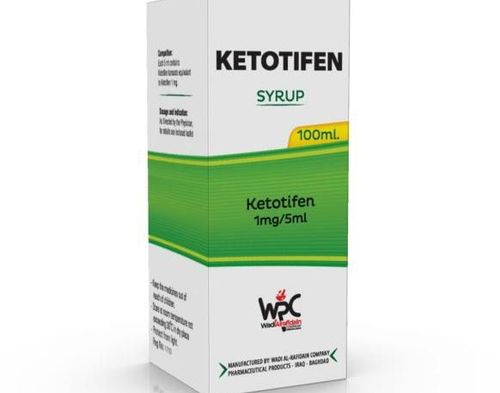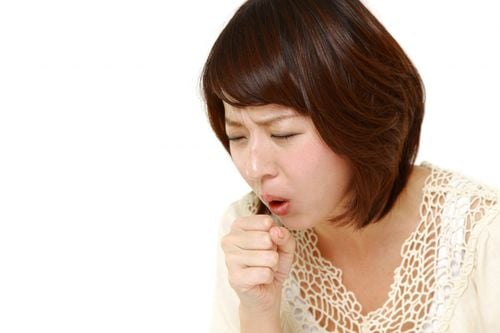This is an automatically translated article.
Asthma is a respiratory disease that accounts for a large proportion of chronic respiratory diseases in both adults and children. Asthma was diagnosed based on clinical and laboratory criteria. Measurement of ventilation function and bronchial stimulation test play an important role, in case of atypical asthma, performing a bronchial stimulation test helps to increase the diagnostic capacity of the patient.
1. What is bronchial stimulation test?
The bronchial stimulation test is a method performed during the measurement of pulmonary ventilation function. Using methacholine, a drug that induces airway constriction, this test aims to assess airway hyperresponsiveness.
In the bronchi of the lungs, there are chemoreceptors of the sympathetic and parasympathetic nervous systems. If drugs that stimulate the sympathetic system will help to dilate the bronchi, on the contrary, when stimulating the parasympathetic system, it will constrict the smooth muscles of the airways causing bronchospasm. Based on this mechanism, in bronchial asthma, there is an increase in bronchial response, so using methacholine (a drug with parasympathomimetic effects) will easily cause a constrictive response in the airways. At that time, the patient will have a positive bronchostimulation test.

Người bệnh sử dụng thuốc methacholine để kích thích phế quản dương tính
Bronchoscopy is very valuable in cases of asthma that cannot be diagnosed by conventional methods. After administering methacholine at a dosed concentration, the patient will have pulmonary ventilation function measured to re-evaluate respiratory function.
Because the drug acts on parasympathetic receptors, most patients present with nonspecific bronchial hyperreactivity.
2. Indications for bronchial stimulation test
Patient has a history of intermittent dyspnea, prolonged cough.. suspected bronchial asthma but on clinical examination and respiratory function measurements are normal. Suspected occupational asthma The patient was treated for asthma but did not respond.
3. Contraindications of bronchial stimulation test
Patients with contraindications such as myocardial infarction, cerebrovascular accident within the last 3 months, glaucoma, prostate cancer, bronchial asthma, infection respiratory infections caused by viruses or bacteria, vaccinated within the last 1 month, high blood pressure but unstable control, pregnant women.

Không thực hiện nghiệm pháp kích thích phế quản cho phụ nữ đang có thai
4. Steps to perform bronchial stimulation test
4.1. Standards for performance Medical staff: technicians have basic training and are proficient in measuring respiratory function as well as performing tests under the supervision of a respiratory specialist. Facilities: respiratory function meter, disposable air filter, methacholine metered dose nebulizer, methacholine solution 10mg/ml, bronchodilator (ventolin, bricanyl spray, aerosol), injectable corticosteroids (Methylprednisolone), the vehicle is full of emergency equipment when there is an accident such as ambu ball, endotracheal light, oxygen, emergency drugs... Mixed methacholine solutions: Mix methacholine 1g with 0.9% NaCl 10ml to get 10ml of Methacholine 100mg/ml solution, then take 1ml of the diluted solution and continue to dilute it with 9ml of 0.9% NaCl to get Methacholine 10mg/ml solution. Patients: are examined and evaluated before implementation, ensuring there are no contraindications. Patients should not use anti-allergic drugs or bronchodilators 6 hours before the spirometry test if using a rapid-acting drug and 12g for a long-acting drug. Do not use stimulants such as coffee, tobacco, chocolate within 6 hours before measuring respiratory function.

Bệnh nhân không sử dụng các chất kích thích trong vòng 6 giờ trước khi đo chức năng hô hấp
4.2. Steps to perform bronchostimulation test Step 1: The patient is explained about what to do when measuring SVC, FVC. Ask the patient to do an inhalation and exhalation test before performing a pulmonary function test. Measuring respiratory function. Step 2: Measure FEV1 before testing. Step 3: Ask the patient to exhale as hard as possible, then open the metered dose nebulizer with an initial dose of 20mcg Methacholine. The patient takes a deep breath and holds his breath for 10 seconds, the nebulizer after reaching the full dose will automatically stop, the patient breathes evenly. Measure FEV1 again after 1 minute. Increase the dose of Methacholine to twice the previous dose, up to a maximum dose of 1280 mcg. Note: in normal subjects, the threshold for nonspecific bronchial reactions is common at doses above 2650 mcg Step 4: After each forced inhalation with methacholine, measure FEV1 again Step 5: Stop when the patient starts had symptoms of a bronchial reaction, presenting with cough or shortness of breath, the FEV1 decreased by 20% compared with the previous FEV1. 4.3. Evaluation of bronchial stimulation test results Positive results at concentrations reduced the patient's FEV1 by 20% from baseline. If, after the last dose at 1280 mcg, the patient does not exhibit any bronchial hyperreactivity, the conclusion is negative.

Bệnh nhân thực hiện nghiệm pháp kích thích phế quản theo chỉ dẫn của bác sĩ
5. Complications and treatment
The bronchial stimulation test has been shown to be quite safe for the patient. At the onset of symptoms of bronchospasm, the patient should be given 400 mcg of Ventolin inhaler or nebulized Ventolin until the FEV1 reaches 90 to 100% of the baseline FEV1.
Measuring pulmonary ventilation function by spirometer is a fairly safe method, without danger and with little toxicity for the operator. In order to obtain an accurate diagnosis, the patient must strictly follow the doctor's instructions.
At Vinmec International General Hospital, the method of measuring respiratory function is used in diagnosing respiratory diseases. This technique is performed by a team of highly qualified and well-trained medical doctors, with the support of modern and advanced equipment; professional medical service quality.
For detailed advice on the technique of measuring respiratory function (spirometry) at Vinmec, you can contact Vinmec Health System nationwide, or register for an online examination HERE.




